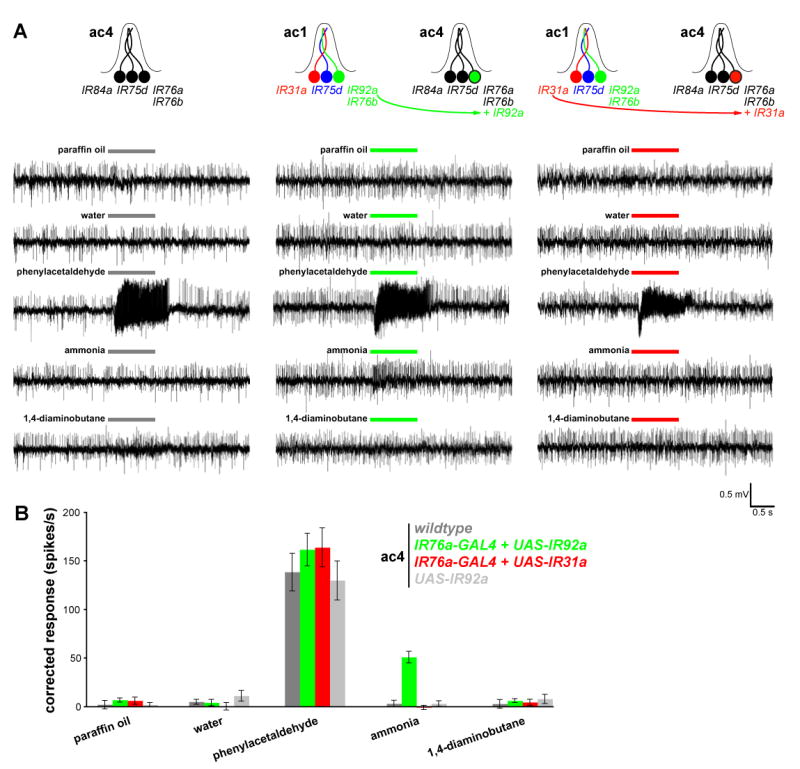Figure 7. IR92a mis-expression confers novel olfactory sensitivity to ammonia.

(A) Representative traces of extracellular recordings of neuronal responses to the indicated stimuli in wildtype ac4 sensilla (left), and in ac4 sensilla in animals in which IR92a from ac1 neurons is mis-expressed in IR76a-expressing ac4 neurons (IR76a-GAL4/UAS-IR92a) (right). Bars above the traces mark stimulus time (1 s).
(B) Quantification of mean responses to the stimuli indicated for the four genotypes (± s.e.m; n=9-10, male flies). Responses of ac4 sensilla to paraffin oil, water, phenylacetaldehyde (1%) and 1,4-diaminobutane (10%) are not significantly different between genotypes (ANOVA; p> 0.3044) whereas responses to ammonia (10%) are significantly different in flies ectopically expressing IR92a (ANOVA with post-hoc t-tests; p< 0.0001).
